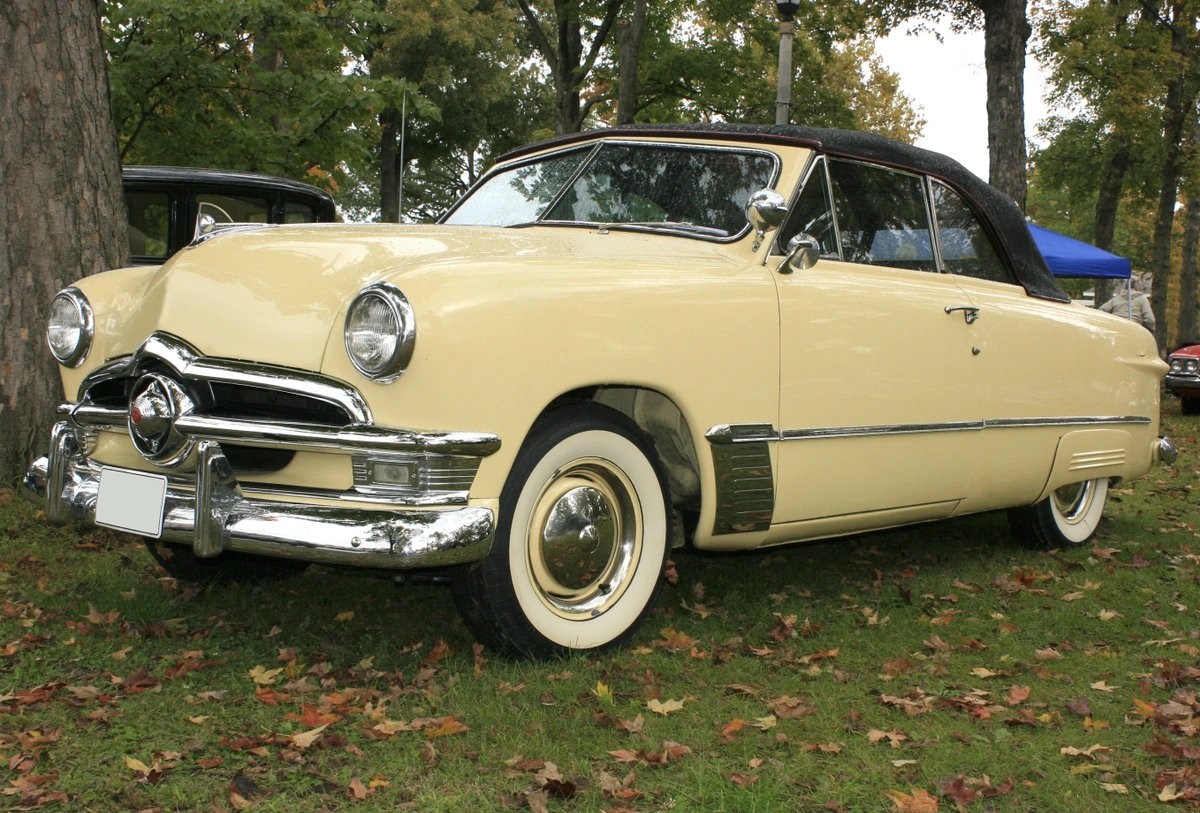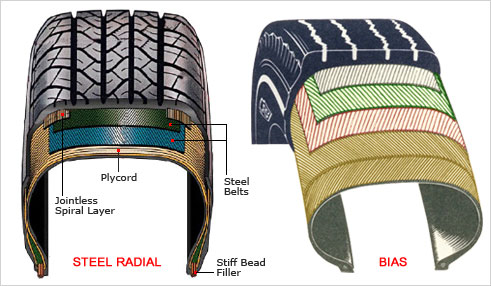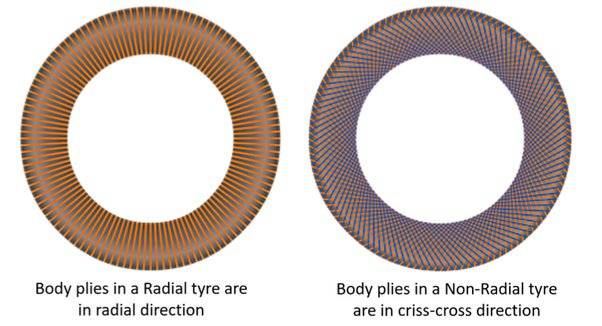Your Shopping Cart
Your cart is empty.
Subtotal ( items)
Instant Rebate Applied:
Promo Code Applied: ID.me Discount Applied:
Have a Promo Code?
Size:
Item
Item
Selected for:
/ each
Add-Ons
Wireless air pump capable of pumping up to 150 psi with 2000 MAH power bank.



Fully protect your clothes and vehicle interior during transportation of your tires. For Tires up to 31" tall and wheels up to 22".
Per sensor
Add TPMS Sensors
/per sensor
Please confirm the make, year, model and trim of the vehicle you want to purchase for:
How many sensors do you need?
The vehicle you have selected is not compatible with aftermarket TPMS Sensors.
Enter a different vehicle to add TPMS sensors

 Front Tire Size:
Front Tire Size:
 Rear Tire Size:
Rear Tire Size:
 Your Vehicle:
Your Vehicle:
Pros & Cons of Staggered Fitment

Attractive Design

Improved Handling

Improved Cornering
Bumpier Ride
Poor Traction in Snow
How do I find my tire size?



Need help?
 Your Vehicle:
Your Vehicle:
Pros & Cons of Staggered Fitment

Attractive Design

Improved Handling

Improved Cornering
Bumpier Ride
Poor Traction in Snow
How do I find my tire size?



Need help?
Pros & Cons of Staggered Fitment

Attractive Design

Improved Handling

Improved Cornering
Bumpier Ride
Poor Traction in Snow
Need help?
Need help?
How do I know if I have an LT tire?

 Your Vehicle:
Your Vehicle:
Sorry, we could not find any available
wheels for your sizing selections.
Need help?
What Are Bias Ply Tires Used For?
By Tire Agent Staff
August 11, 2023
In the world of tires, tire manufacturers highlight the unique set of characteristics that set 'bias ply' tires apart from their modern counterpart, the radial tire. These two tire constructions have distinct attributes that make them suitable for specific applications.
Related read: What are radial tires?
Now let's explore what bias ply tires are, where they shine and how they differ from radial tires.
Bias Ply Tires Defined
Bias ply tires, often referred to as "cross-ply" tires, represent a traditional tire construction method. In this design, the tire's internal body plies, or layers of fabric, run diagonally across the tire, forming a crisscross pattern.
Here is an image explaining a radial tire vs a bias ply tire differences
Source: Firestone
The angles of the plies alternate between each layer, creating a robust and sturdy tire structure. his bias ply tire construction offers durability and load-carrying capacity, making these tires well-suited for specific applications.
Best Uses For Cross Ply Tires
Bias ply tires are designed to excel in specific scenarios due to their inherent characteristics.co These tires are commonly found in applications where strength and toughness are paramount.
Off-road vehicles, agricultural machinery, construction equipment and trailers are prime examples of where bias ply tires shine. Their rugged construction makes them excellent for handling heavy loads and rough terrains, where their sturdiness is essential for tackling challenging environments.
Also, bias ply tires are preferred by some classic car enthusiasts who want to preserve the authentic look and feel of their classic cars. The retro appearance of bias ply tires adds an extra touch of nostalgia to these automotive treasures.
What Is the Difference Between Radial vs Bias Ply Tires?
While radial and bias ply tires serve their purposes, they differ significantly in construction and performance characteristics.
- Construction: The most notable distinction between the two lies in their internal structure. Radial tires, the modern standard used in passenger cars, have their body plies running radially from bead to bead, perpendicular to the tread. This design, often reinforced with steel belts, reduces rolling resistance and heat buildup, improving fuel efficiency and longer tread life. In contrast, bias ply tires have diagonal plies, which can cause more heat generation and higher rolling resistance.
- Ride comfort: Radial tires offer a smoother and more comfortable ride due to their flexible sidewalls and lower heat buildup. Bias ply tires, while rugged, tend to be stiffer and transmit more road irregularities to the driver.
- Handling and traction: Radial tires provide better handling, cornering stability, and traction, especially on wet or slippery road surfaces. Their increased footprint and improved contact with the road enhance grip and maneuverability. Bias ply tires, however, may struggle to provide the same level of handling and traction.
Are There Winter Bias Ply Tires?
Winter-biased all-season tires seamlessly blend cold-weather competence with year-round versatility. Crafted to tackle chilly challenges, they feature advanced rubber compounds engineered for enhanced traction on frosty roads. Siped tread patterns optimize grip on ice and snow while maintaining agility in milder seasons.
This intelligent fusion ensures confident winter drives without sacrificing warm-weather performance. Ideal for regions with moderate snowfall and fluctuating temperatures, winter-biased all-season tires embody adaptability, catering to drivers seeking a balanced solution for diverse climates.
Are Cross Ply Tires Suitable For Trailers?
When choosing tires for your trailer, the decision between bias ply and radial tires warrants careful consideration. Bias ply tires have a sturdy and time-tested construction with diagonal layers of fabric, making them a viable option for specific trailer applications.
For an example of a bias ply tire, see Carlisle Sport Trail bias ply trailer tire, which features a robust build.
Among the various types of tires, bias ply tires are well-suited for heavy-duty hauling and rugged terrains. Their robust build provides excellent load-carrying capacity and durability, making them a preferred choice for trailers used in construction, agriculture and off-road scenarios.
If your trailer frequently spans uneven surfaces or carries substantial weight, bias ply tires can withstand the demands of such conditions.
However, it's important to note that bias ply tires do have some drawbacks. They tend to generate more heat during travel, which can lead to faster wear and reduced fuel efficiency compared to radial tires. Additionally, bias ply tires might offer a slightly rougher ride and reduced fuel economy, which could impact the overall comfort of your towing experience.
If you prioritize strength, durability and heavy-duty performance for challenging terrains and loads, bias ply tires can be a reasonable choice. But if you value improved fuel efficiency, a smoother ride and better handling, you might want to consider the alternative — radial tires — for your trailer.
Always evaluate your trailer's requirements and your preferences before making the final decision. For even more on trailer tires, check out our complete guide to trailer tires here.
Photo 29659090 © Kathryn Sidenstricker | Dreamstime.com
How to Qualify for the $50 Offer
- Add items to your cart and begin checkout.
- Select PayPair and apply for financing.
- If you’re approved by a participating lender, you’ll see a $50 promotional rebate applied to your order total.
-
To receive the $50, you must:
- Complete your purchase with a qualifying lender,
- Agree to the payment terms,
- And make the required number of consecutive on-time payments, as specified by the lender.
Note: Offer available only through select lenders. Additional eligibility requirements and conditions apply. Rebate may be issued after verification of qualifying payment activity. Terms subject to change.
How to Purchase Tires and Wheels
With a Payment Plan
Tire Agent's payment plans make it easy to get the best partial or full set of tires and wheels for your vehicle.
It's fast, secure and won't affect your credit score
Match with multiple lenders
Why Choose PayPair?
PayPair’s Partners and Plans

No Money Down

No Money Down

No Credit Needed*

No Money Down

$1 to Start!*

No Money Down

No Credit Needed*

$1 to Start!*

No Money Down
Other Payment Plans

$0 to Little Down

Pay with your bank account

Simplified checkout experience

Faster and easier than using cards or cash

Simplified checkout experience

Faster and easier than using cards or cash
*SNAP: The advertised service is a lease-to-own agreement provided by Snap RTO LLC. Lease-to-own financing is not available to residents of Minnesota, New Jersey and Wisconsin. NO CREDIT NEEDED: Not all applicants are approved. While no credit history is required, Snap obtains information from consumer reporting agencies in connection with applications, and your score with those agencies may be affected. PAYMENT PLAN: The standard plan consists of renewable lease terms. To exercise an early ownership, consumers must make regular payments on time and schedule additional payments via the customer portal or by contacting Customer Care at 1-877-557-3769. KATAPULT: The Promotional Initial Payment (plus any applicable taxes and fees) is due at lease signing. Your lease-purchase payment amount will be determined after you select your product(s). You will not acquire ownership of the product(s) if the total amount necessary to acquire ownership is not paid. The Promotional Initial Payment does not reduce the cost of the lease-purchase agreement. The Promotional Initial Payment is only available when shopping at Tire Agent through the Katapult mobile app and at Tire Agent’s website. Product pricing subject to change and availability. Disclosure: 90-day early purchase option (EPO) terms and conditions apply: 90-Day (3 months in CA) You can buy out your lease-to-own agreement within the first 90-days. This amount includes the cash price, plus the lease-to-own cost for the first 90-days. Taking advantage of the 90-day purchase option will save you the most money! PROGRESSIVE: Ownership by rental/lease agreement with Progressive Leasing costs more than the retailer’s cash price. Select items only. Cancel or purchase early at any time. Not available in MN, NJ, VT, WI, WY. Progressive Leasing obtains information from credit bureaus. Not all applicants are approved. Standard agreement offers 12 months to ownership. 90-day purchase options cost more than the retailer’s cash price (except 3-month option in CA). To purchase early or to cancel lease, you must call 877-898-1970. Retailer cannot activate early purchase options.



